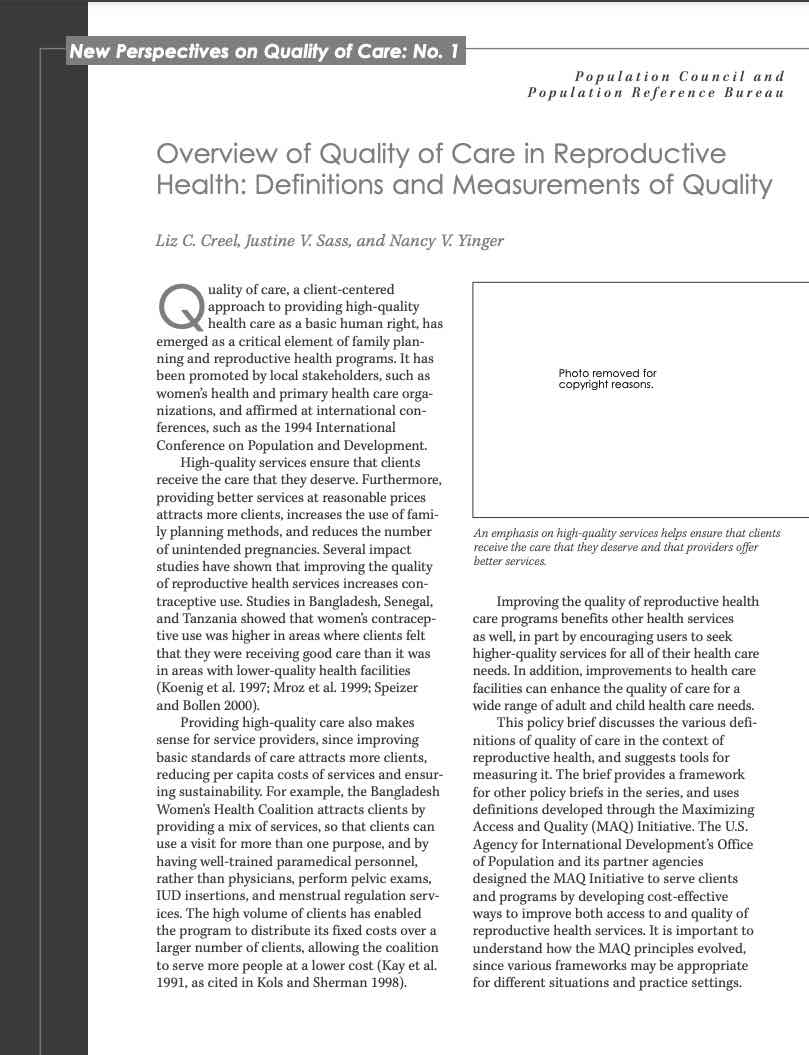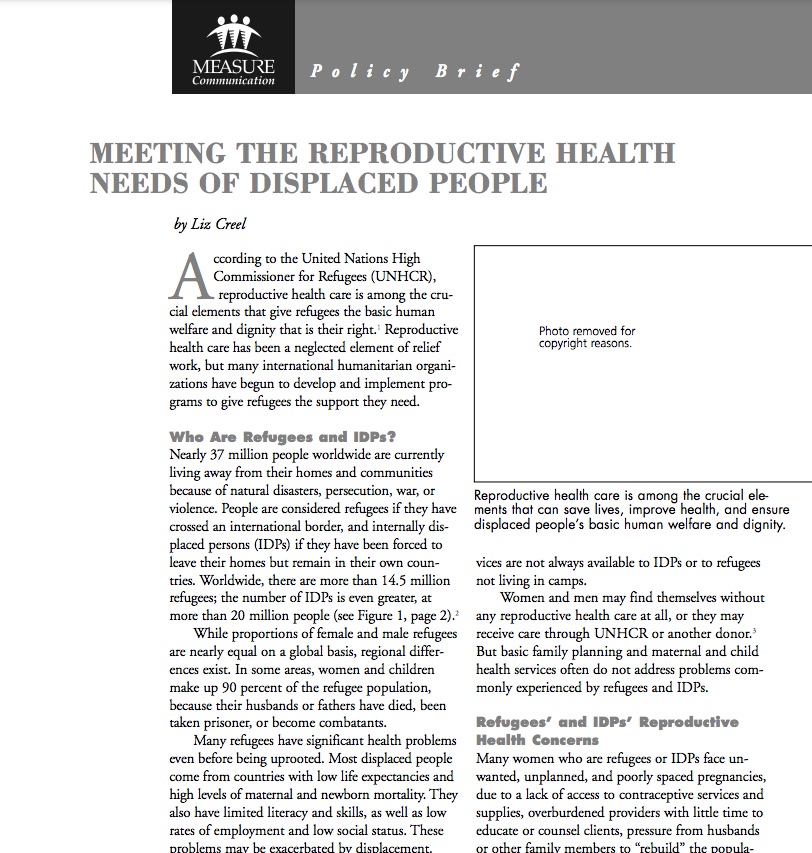Changing Race and Ethnicity Questions on the U.S. Census Form Reflect Evolving Views
Census questions about race and ethnicity have evolved over time, as have Americans’ views about racial and ethnic identification.

Census questions about race and ethnicity have evolved over time, as have Americans’ views about racial and ethnic identification.
(2003) From instituting new maternal health policies to addressing the quality of health services for pregnant women and their newborns, Guatemala is taking a number of steps to try to reduce deaths and disability related to pregnancy, delivery, and postpartum complications.
(2009) While the main function of the U.S. decennial census is to provide counts of people for the purpose of Congressional apportionment, the primary purpose of the ACS is to measure the changing social and economic characteristics of the U.S. population.
(2011) At the start of the UN International Year of Youth in August 2010, UN Focal Point on Youth Nicola Shepherd stated: "The International Year is about advancing the full and effective participation of youth in all aspects of society...we encourage all sectors of society to work in partnership with youth and youth organizations to better understand their needs and concerns and to recognize the contributions that they can make to society."

(2002) Quality of care, a client-centered approach to providing high-quality health care as a basic human right, has emerged as a critical element of family planning and reproductive health programs.

The global population milestone of 8 billion represents nearly 7% of the total number of people who have ever lived on Earth.

(2002) According to the United Nations High Commissioner for Refugees (UNHCR), reproductive health care is among the crucial elements that give refugees the basic human welfare and dignity that is their right.1
(2006) The United States is set to reach a milestone in October. Joining China and India, it will become the third country to be home to at least 300 million people.
(2010) Over the past several decades, the U.S. Census Bureau has used variations in its attempt to classify and enumerate Latinos.

Income, neighborhood characteristics, and state policies may underly racial disparities in who gets needed care, despite federal efforts to expand home-care programs.